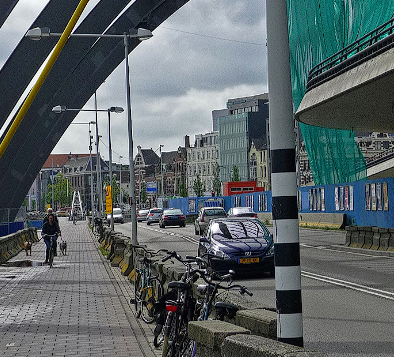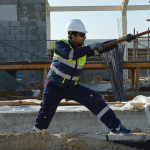Urban landscapes are constantly evolving, showcasing a blend of architectural marvels and infrastructure innovations. However, this evolution comes with its own set of trends and challenges that shape the realm of urban construction development. In this blog, we’ll delve into the prevailing trends and the significant challenges faced in the domain of urban construction.
Trends Shaping Urban Construction
Vertical Expansion
Cities rise skyward. The trend of vertical construction intensifies, leading to the proliferation of high-rise buildings and skyscrapers that redefine skylines.
Sustainable Infrastructure
Green becomes the new norm. Urban projects prioritize sustainability, integrating green spaces, energy-efficient designs, and sustainable materials to reduce environmental impact.
Smart Cities and Technology Integration
Cities become smarter. Technology permeates urban development, fostering smart infrastructure, IoT connectivity, and data-driven solutions for efficient city management.
Mixed-Use Development
Integration is key. Urban spaces blend residential, commercial, and recreational areas, creating mixed-use developments that promote convenience and vibrant communities.
Adaptive Reuse and Renovation
Revitalizing old spaces. Adaptive reuse gains momentum, repurposing historical structures into modern amenities while preserving their cultural significance.
Challenges in Urban Construction
Infrastructure Strain
Growing demands stress infrastructure. Urbanization strains existing infrastructure, necessitating upgrades to accommodate burgeoning populations.
Cost and Budget Constraints
Budgets pose challenges. Urban projects often face budget constraints due to land costs, regulatory requirements, and the high price of urban development.
Regulatory Compliance
Navigating regulations is complex. Compliance with diverse zoning laws, building codes, and environmental regulations poses hurdles in urban construction.
Limited Space and Logistics
Space is at a premium. Managing limited space for construction activities, logistics, and material storage poses logistical challenges in urban areas.
Community Engagement
Balancing community needs. Engaging with diverse communities and addressing their concerns while pursuing urban projects is critical for success.
Conclusion: Building Urban Futures
Urban construction development operates at the intersection of innovation and challenges. Embracing sustainable practices, leveraging technology, and navigating challenges collaboratively define the path towards sustainable and vibrant urban landscapes.
As urban landscapes evolve, the ability to embrace trends while addressing challenges remains pivotal in constructing cities that are not just aesthetically appealing but also sustainable and inclusive.


